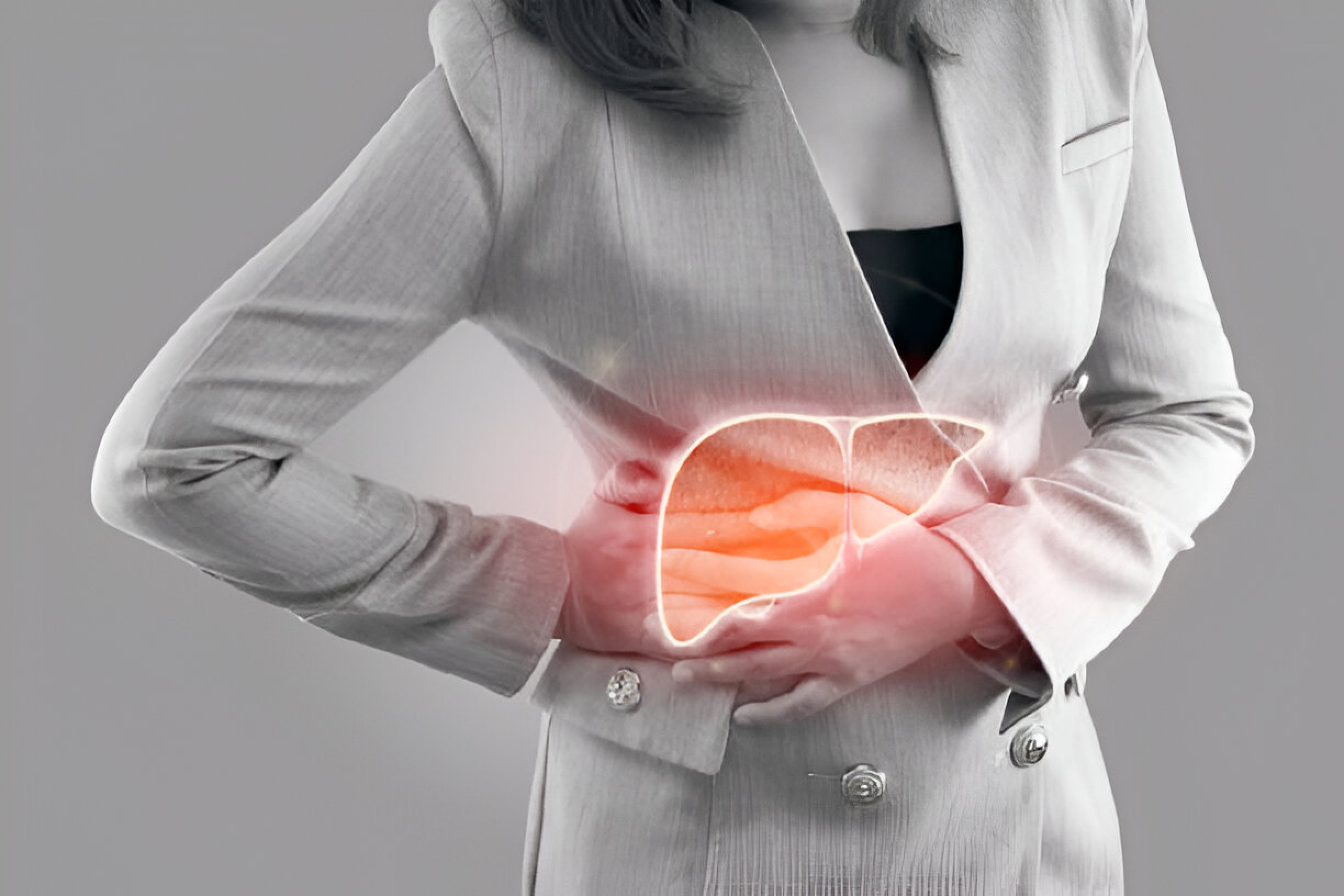Opening Hours
We are available 24/7.
Liver disease is a prevalent issue, as the liver is responsible for numerous vital bodily processes. Recently, fatty liver disease has garnered significant attention due to its widespread impact. This condition is becoming a growing concern for doctors and public health professionals worldwide.

Fatty liver disease is a condition where excess fat builds up in liver cells, impairing the liver’s ability to function normally and potentially leading to various health issues. The two main types are alcohol-induced and diet-induced fatty liver disease. The term MAFLD (Metabolic dysfunction-Associated Fatty Liver Disease) now encompasses a broader range of factors linking metabolic issues with liver health. Chronic alcohol abuse specifically leads to alcoholic fatty liver disease.

The obesity epidemic is a significant contributor to fatty liver development. Excess adipose tissue releases fatty acids that overwhelm the liver, leading to fat accumulation in liver cells.
Modern diets high in refined carbohydrates, saturated fats, and trans fats contribute significantly to fatty liver. The liver, responsible for processing food, struggles with these dietary toxins, leading to fat buildup and reduced functionality.
Insulin resistance, often seen in type 2 diabetes, is closely linked to fatty liver. Elevated blood sugar levels strain the liver, which then releases more glucose into the bloodstream, worsening fat accumulation in liver cells.
Chronic alcohol consumption damages the liver by producing harmful byproducts during metabolism. The liver prioritizes alcohol processing over other functions, leading to fat buildup and alcoholic fatty liver disease.
Chronic fatigue is common due to decreased liver function, impacting energy production and detoxification.
Mild abdominal pain or a sense of fullness can occur as the liver struggles to process fats, causing discomfort.
Unexplained weight loss may result from the liver’s impaired ability to metabolize nutrients, disrupting metabolic balance.
In some cases, jaundice (yellowing of the skin and eyes) occurs due to the buildup of bilirubin, a waste product normally processed by the liver.
Elevated liver enzymes and other biomarkers indicate liver dysfunction, guiding further investigation.
These tests assess the liver’s ability to process nutrients, detoxify, and produce essential proteins. Abnormal results can signal liver disease.
Ultrasound, liver elastography, fibroscan, CT scans, and MRI provide non-invasive insights into liver structure and health.
A liver biopsy confirms diagnosis and assesses damage severity. Tissue samples are obtained via percutaneous transhepatic biopsy (needle through the liver) or transjugular biopsy (catheter through the neck vein), the latter used when bleeding risks are higher.
Adopt a diet rich in nutritious foods, avoiding refined carbs, saturated fats, and trans fats to support liver health.
Engage in regular physical activity to improve overall health and mood, benefiting the liver.
Reducing or eliminating alcohol intake is crucial, especially for those with alcoholic liver disease, to prevent further liver damage.
Doctors may prescribe antioxidants, insulin sensitizers, and lipid-lowering drugs to manage fatty liver disease, addressing underlying causes.
New treatments, including experimental drugs, target Metabolic dysfunction-associated steatohepatitis (MASH), the most severe form of fatty liver, to reduce inflammation and improve liver health.
Early intervention and lifestyle changes are key to managing fatty liver disease. Seek medical advice if you suspect you have or are at risk for fatty liver. Taking charge of your health is crucial, and with the right knowledge, you can effectively manage and improve liver health. Your journey to better liver health starts now.
We are available 24/7.
©2024 kmveinvsandpainclinic . All Rights Reserved.